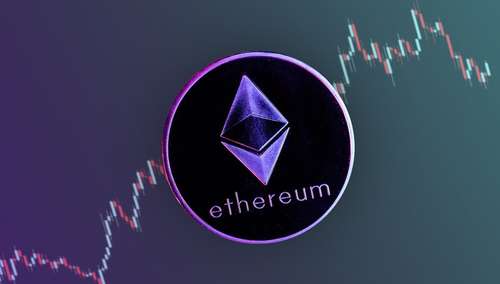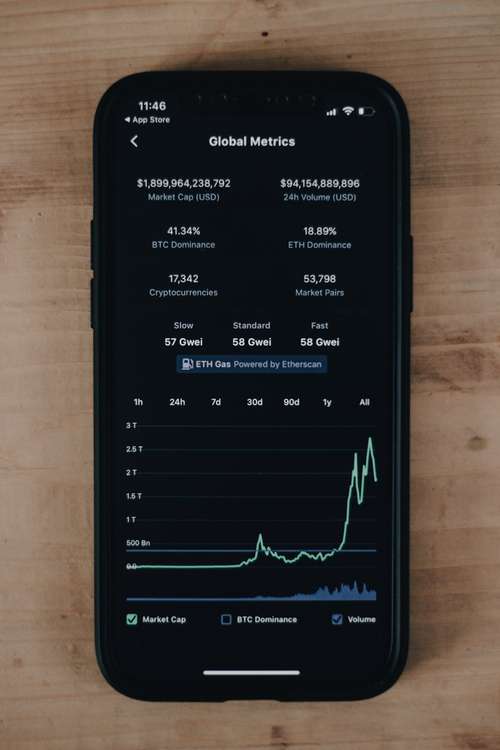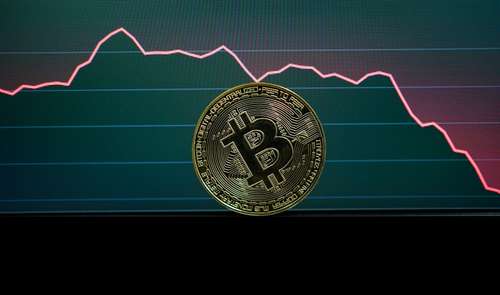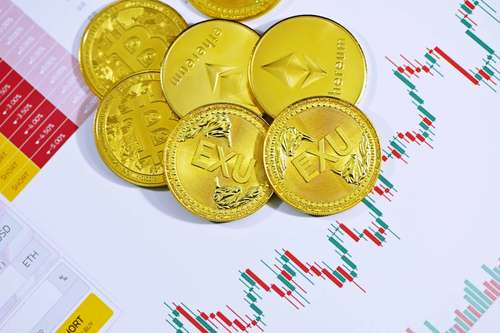Ethereum, often hailed as the "ultrasound money," has seen a significant drop in its gas fees recently. On October 8, the average Ethereum gas fee plummeted to 8.8 Gwei, a level not witnessed since October 2, 2022, when the network's average gas fee was 8.4 Gwei, according to data from Etherscan. For those unfamiliar with the term, Ethereum's gas prices are typically measured in Gigawei (Gwei), where one Gwei is equivalent to 10^9 Wei.
The immediate reaction might be one of relief, considering the exorbitant gas fees that Ethereum users have grown accustomed to. However, this decline in gas fees is a double-edged sword, it's essential to explore the factors that have contributed to this development.
The Decline in Gas Fees
The decline in Ethereum gas fees can largely be attributed to the dwindling activity in various areas of the Ethereum ecosystem. DeFi applications, NFTs, layer-2 networks, and even popular Telegram bots have witnessed a decline in user engagement.
Notably, the weekly trading volume for NFTs has reached two-year lows, as reported by data analyst Hildobby using a Dune dashboard.

Telegram trading bots, which gained significant popularity in the second quarter of this year, have also experienced diminishing activity since the start of October, according to data from TK Research.
Furthermore, the gas consumption by heavyweight entities on Ethereum, such as Uniswap, 1inch, and MetaMask, has dropped by double digits since the previous week, as indicated by data from Nansen 2.0.
Reduced Gas Spending
Nansen 2.0's data reveals that the top gas spenders, which include prominent exchanges like Binance and Coinbase, as well as layer-2 networks like Arbitrum, Optimism, and Base, have spent approximately 30% less compared to the previous week.
Interestingly, this marks the first time that the consumption on low-fee layer-2 networks has seen a downtick since last year, as per data analyst Funnyking's Dune dashboard.
Ethereum's Inflationary Shift
Ethereum experienced a huge shift in its monetary policy at the beginning of September 2023. This change was marked by a substantial drop in gas fees, which was seen as a significant milestone in Ethereum's development. However, this shift also brought about a notable consequence: a decline in the amount of Ethereum being burned.
The amount of Ethereum burned reached its lowest point for the year, with only 7,084 ETH being incinerated. This is the lowest burn level since September 19, as per a Dune dashboard, shortly after the Ethereum Merge update, which introduced the burning mechanism.
As a result of this shift, Ethereum's supply has started growing at a daily rate of approximately 1,450 ETH, equivalent to $2.2 million worth of Ethereum, according to data aggregator UltraSoundMoney. This increase in supply has given rise to an annual inflation rate of 0.44%, which has left the Ethereum community divided.
The reduction in gas fees is largely a consequence of reduced user activity across various Ethereum applications. Additionally, Ethereum's transition to an inflationary model has raised concerns about its long-term economic sustainability.
As the crypto space continues to evolve, keeping an eye on Ethereum gas fees and the ETH gas tracker remains crucial for both traders and enthusiasts.




